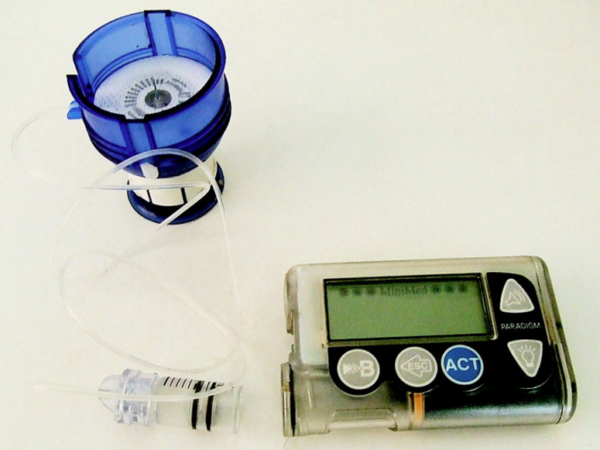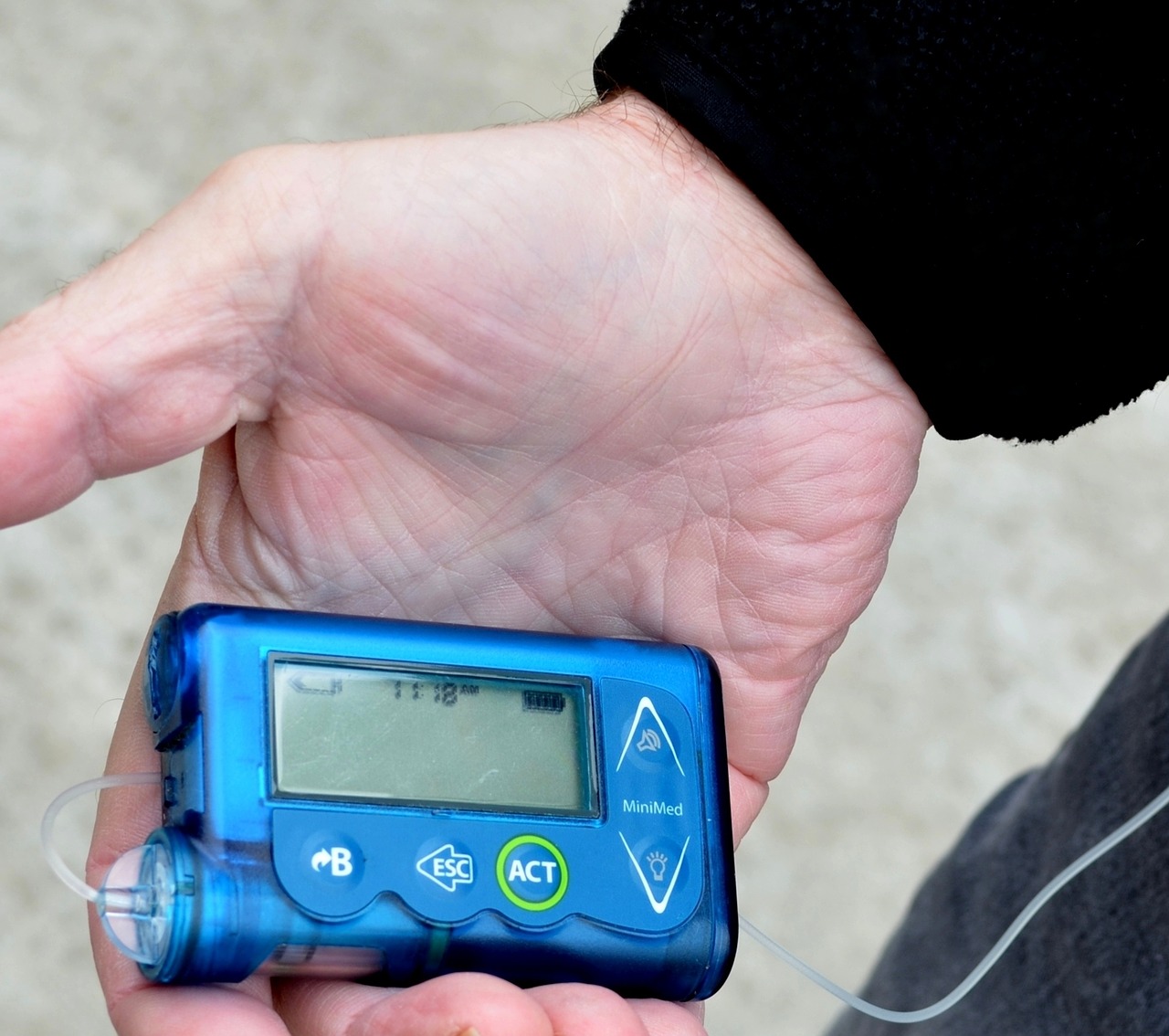Acceptability
- Accurate delivery of small boluses, helpful for infants.
- Growing support amongst doctors and insurance companies due to the advantages contributing to reducing the incidence of long-term complications.
- Improvements in blood glucose monitoring. New meters work on smaller drops of blood, and the similar lancet poke in the fingers is smaller and less painful. These meters also adds alternate site testing for the most routine tests for practically painless screening. That replaces the need for pump users to check blood sugar more often.
The Insulin Pump is not an artificial pancreas (because you still have to monitor your blood glucose level). Some people achieve better control while using the insulin pump. Many people prefer this continuous system of insulin delivery over injections. The delivery system most closely resembles the body’s natural release of insulin.
Working:
1) It works continuously and is so programmed by health professionals that a little amount of insulin as per the need to keep the sugar level in the required range. The release rate is called the’ basal rate”. It releases a small amount of insulin, like the pancreas on a continuous basis. While using the insulin pump one need not measure the insulin as in the case of a syringe.
2) Also, it can deliver wave dose or as called Bolus dose as desired around the meals time. With the advent of information technology applications, the new pattern of settings can get easy commands for tackling the numbers of grams of carbohydrate one eats. Insulin pumps have bolus calculators that help you determine your Bolus value based on settings that are decided by the healthcare professional. The settings can get adjusted for the doses of insulin taking care of the amount of food or exercise.
A few doctors prefer using the insulin pump for following reasons:
– The quality of life (QOL) in both type 1 and insulin requiring in type 2 diabetes improves when compared to using other methods of management of insulin.
-The insulin pump is adjustable for the different basal rate as desired in the course of the day or night. It can even adjust to control events like dawn phenomenon. The dawn phenomenon results in less low blood sugar throughout the night.
Advantages
Disadvantages:
Components of Insulin Pump
- Buttons to program your insulin
- LCD screen to display what you do for programming
- Battery compartment that holds 1 AAA alkaline battery
- Reservoir compartment that holds insulin
- Reservoir: A plastic cartridge that contains the insulin gets locked into the insulin pump. It comes with a command guard (blue piece at the top that gets removed before inserting the reservoir into the pump) that helps with pulling the insulin from a vial into the reservoir. A tank can hold up to 300 units of insulin and is changed every two to three days.
- Infusion Set: An infusion set comprises a thin tube that goes from the reservoir to the injection site on your body. The cannula gets inserted through a small needle that gets taken off after it is in place. It goes into places (areas) on your body similar to where you give insulin injections. The infusion set is changed every two to three days.
- Infusion Set Insertion Device: An infusion set gets placed into the insertion device, and with a push of a button, the infusion set gets inserted quickly and easily.
2) A use and throw container with insulin.
3) A disposable infusion set having a thin tube inserted into vein or body cavity to manage the insulin.

When the time arrives to select an insulin pump, there are numerous options. The “perfect” pump varies by person. Factors are: weight, color, cost, cannula insertion angles, unique features, and easy usage plays a vital role in the collection process. Patient factors related to infusion set selection include patient’s age, immune system function, body characteristics, activities, personal preferences, and history of diabetic ketoacidosis. Other types of insulin pumps are possible. For instance, latest models may have disposable or semi-disposable designs for the pumping set up and may do away with tubing from the infusion set.
https://www.youtube.com/watch?v=Xe_LsrAKP6U







